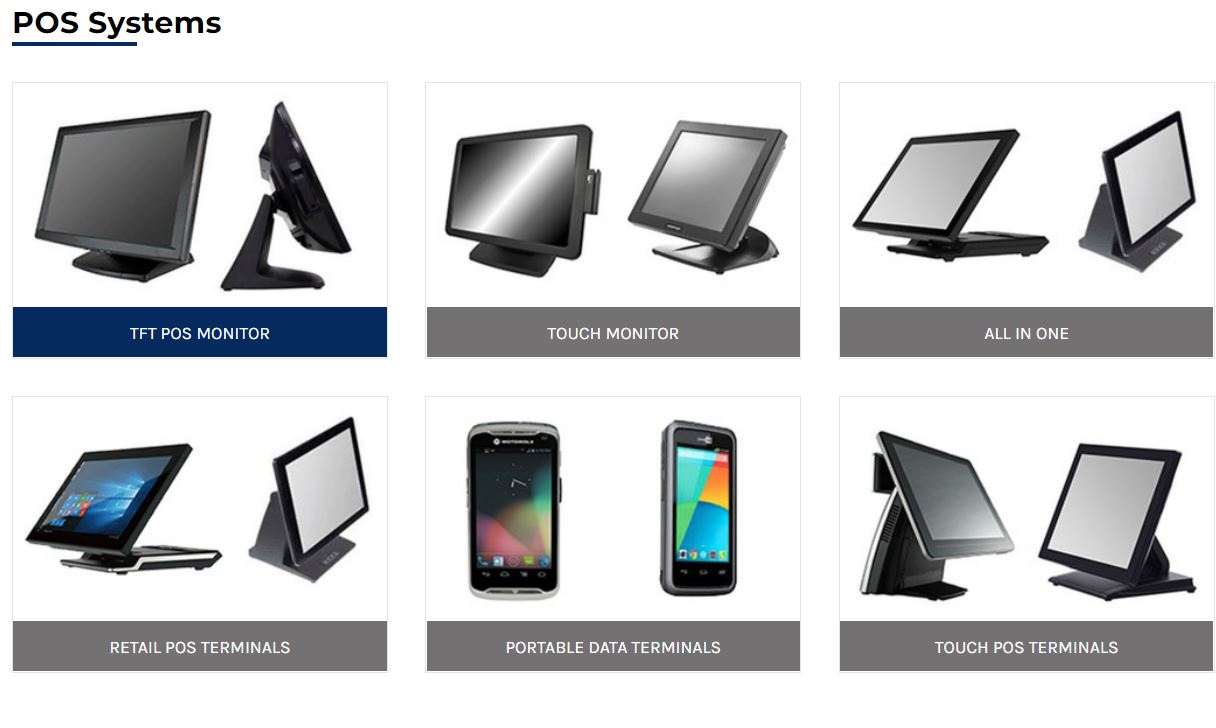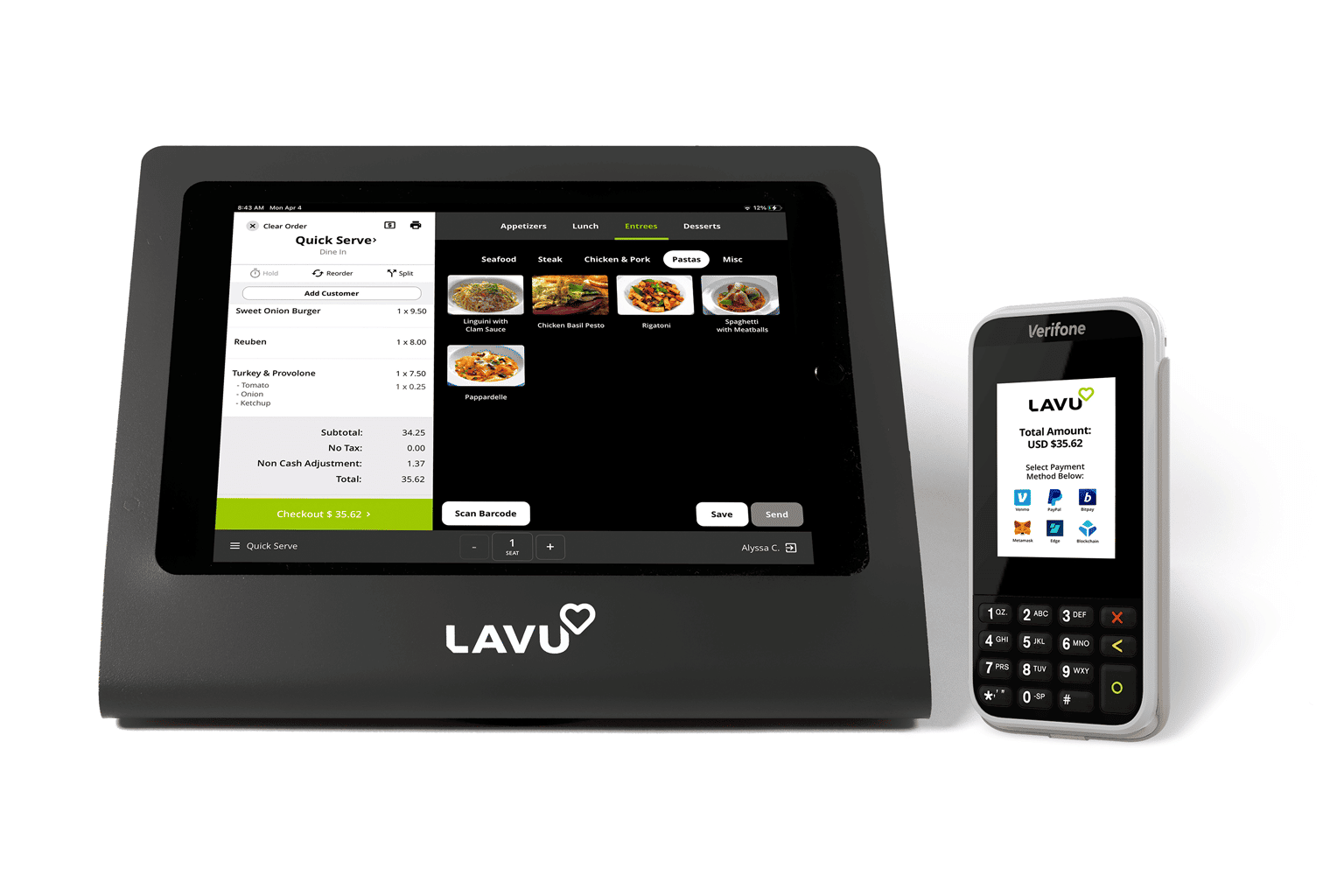Exactly How POS System Works: A Comprehensive Guide for Entrepreneur

Understanding the Components of a POS System

Just How Sales Purchases Are Processed
When a client makes a decision to buy, the sales transaction launches a collection of methodical actions within the POS system. Initially, the cashier inputs the things being acquired, which are scanned through a barcode visitor or manually entered. This activity gets item information, including prices and appropriate tax obligations, from the system's database.Next, the consumer exists with the total quantity due. The POS system after that refines the payment, whether through cash money, credit report card, or mobile payment methods (Restaurant POS Software). For digital settlements, the POS securely connects with payment cpus to accredit and verify the transaction.Once the payment is confirmed, the system produces a receipt, which can be printed or sent out electronically. This invoice serves as receipt for the client. The transaction information is tape-recorded in the system, making certain exact sales documents and financial monitoring for the company.
Stock Management and Monitoring

Effective inventory monitoring and tracking are vital components of a POS system, as they assure that organizations keep suitable supply degrees and lessen inconsistencies. A durable POS system enables for real-time stock updates, reflecting returns and sales immediately. This enables local business owner to keep an eye on stock degrees accurately, guaranteeing that popular things are readily offered while preventing overstocking of much less prominent products.Additionally, progressed POS systems supply features such as computerized stock alerts and reorder tips, streamlining the procurement process. Barcoding and RFID technology improve accuracy in tracking inventory activity, lowering human mistake. Substantial coverage tools offer insights right into supply turnover rates, assisting organizations make informed decisions regarding purchasing and item offerings. Ultimately, effective supply monitoring through a POS system not just improves functional efficiency but also boosts client fulfillment by making sure product availability.
Examining Client Information and Insights
Consumer data evaluation serves as a powerful device for services utilizing a POS system (Restaurant POS Software). By accumulating and taking a look at purchase information, organizations can discover important insights about customer behavior and choices. This evaluation allows them to determine purchasing fads, peak shopping times, and popular items, thereby informing stock decisions and advertising and marketing strategies.Additionally, companies can segment their customer base, permitting individualized marketing efforts that accommodate certain demographics or purchasing practices. Recognizing consumer loyalty patterns likewise helps in creating targeted promotions and incentives programs.The information obtained from a POS system can likewise expose insights into client comments, allowing businesses to make educated decisions concerning item offerings and service renovations. Eventually, leveraging customer information effectively can boost the overall buying experience, foster consumer complete satisfaction, and drive revenue growth
Advantages of Implementing a POS System
Regularly Asked Questions
What Sorts Of Businesses Can Take Advantage Of a POS System?
Various organizations gain from a POS system, including retailers, restaurants, salons, and shopping platforms. These systems enhance deals, stock management, and consumer data, improving operational efficiency and boosting customer experience across diverse markets.
Just how Much Does a POS System Usually Price?
The cost go to these guys of a POS system commonly varies from a couple of hundred to numerous thousand bucks, depending upon functions, equipment, and software. Organizations need to consider ongoing costs for support, transaction, and maintenance handling when budgeting.
Can I Incorporate a POS System With Existing Software?
Integrating a POS system with existing software program is often viable. Several systems offer APIs or built-in compatibility attributes, enabling businesses to improve operations and enhance functionality by connecting various software applications properly.
What Training Is Required for Staff to Use a POS System?
Training for staff to make use of a POS system usually includes understanding software application performances, processing transactions, taking care of stock, and managing consumer interactions. Practical presentations and hands-on technique sessions improve efficiency and self-confidence being used the system successfully.
What Happens if the Web Drops While Making Use Of a POS System?
If the web goes down throughout POS system usage, purchases might be interrupted. Lots of systems offer offline capacities, enabling standard operations to continue, yet full performance, consisting of real-time supply updates, will be limited. A Point of Sale (POS) system is composed of several key parts that work together to help with purchases and handle service procedures. Efficient inventory administration and tracking are important parts of a POS system, as they ensure that businesses maintain ideal supply degrees and lessen discrepancies. Consumer data analysis offers as a powerful tool for businesses making use of a POS system. Comprehending customer loyalty patterns likewise helps in developing targeted rewards and promos programs.The information gleaned from navigate to these guys a POS system can additionally reveal insights right into client responses, allowing companies to make educated choices regarding product offerings and solution renovations. Applying a POS system uses many benefits that can considerably boost company procedures.